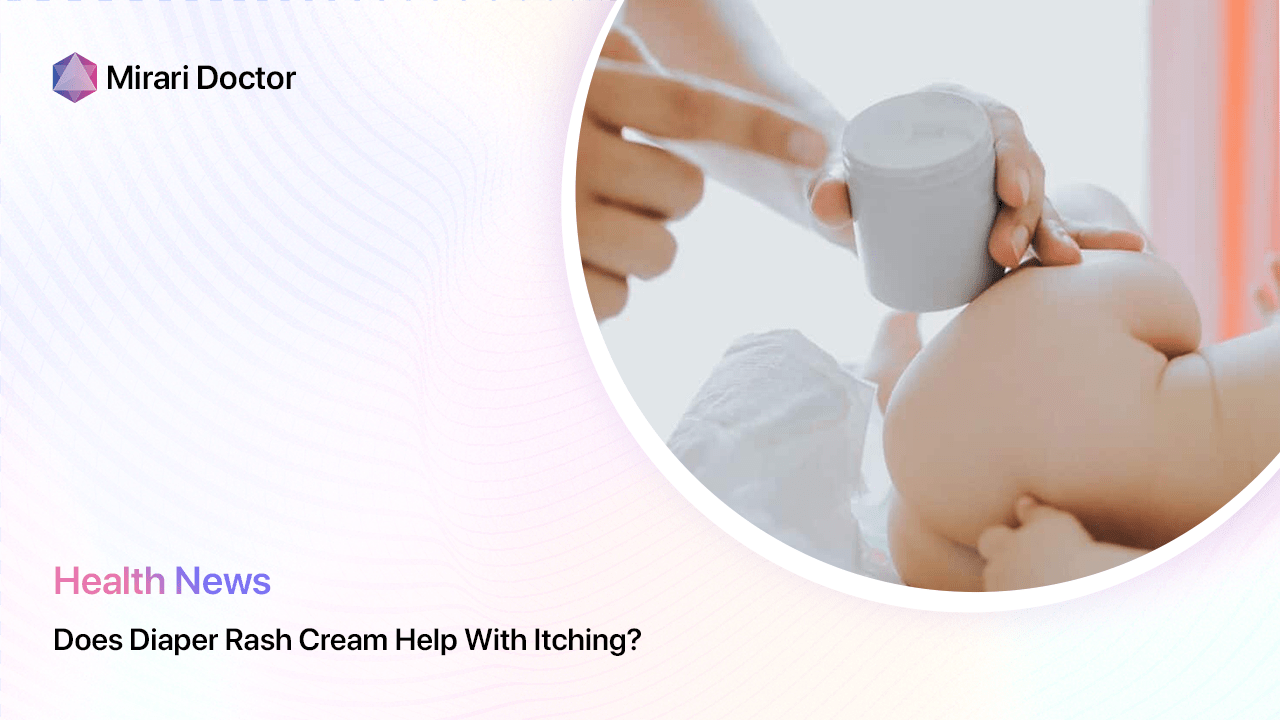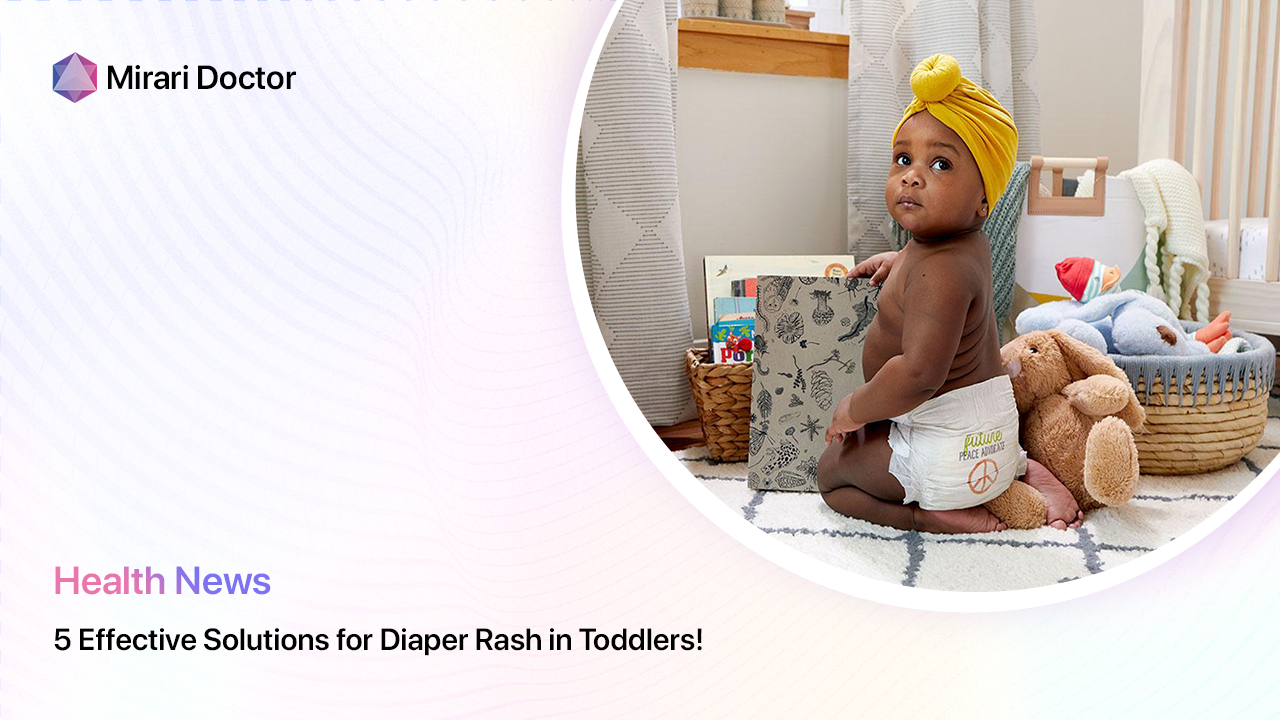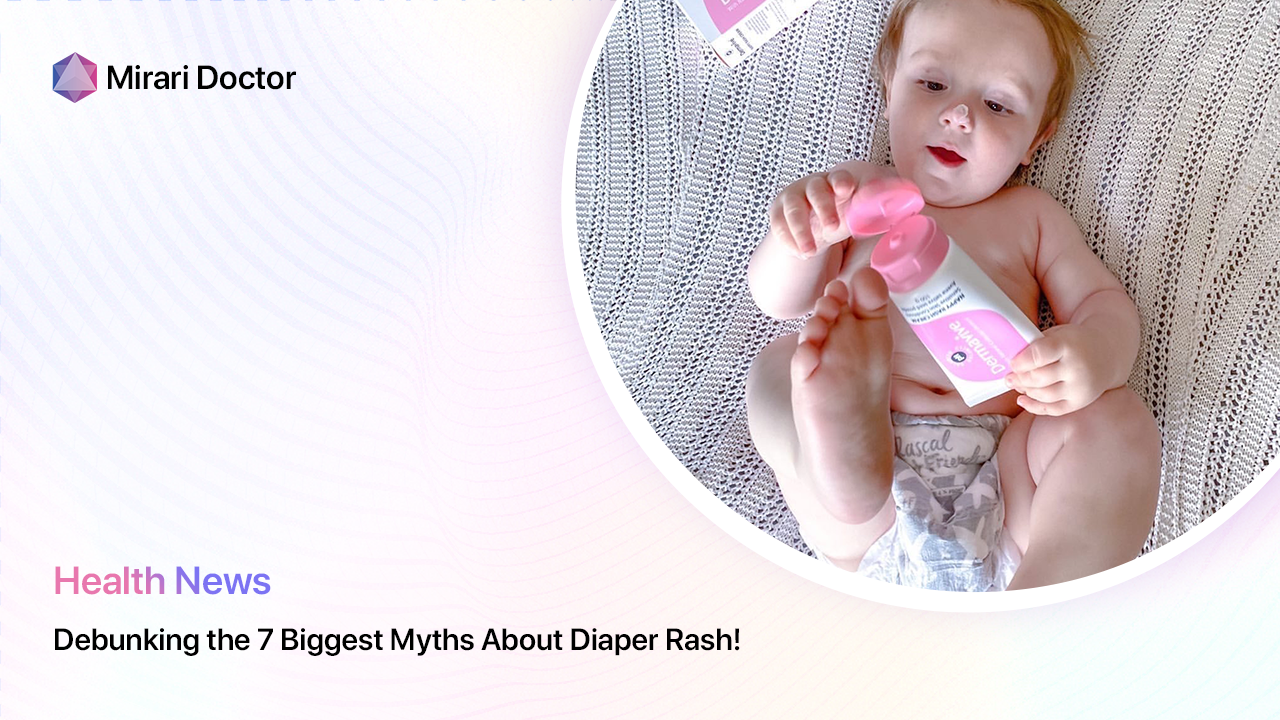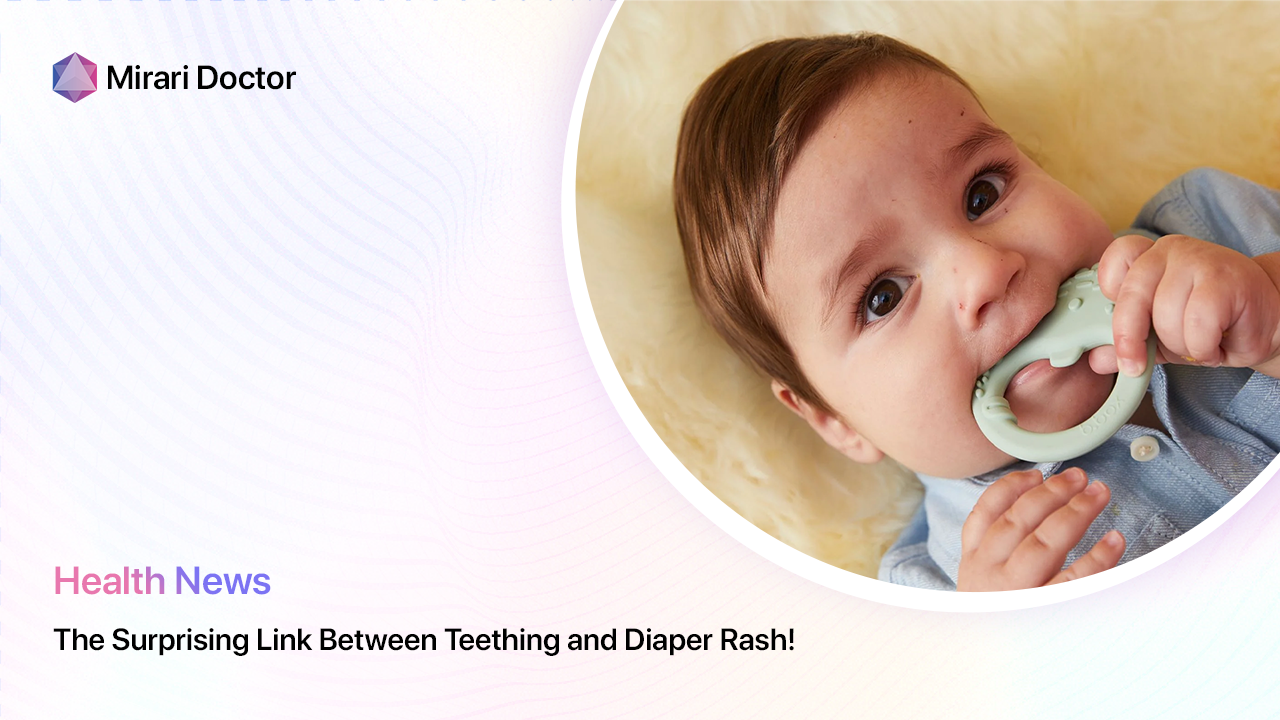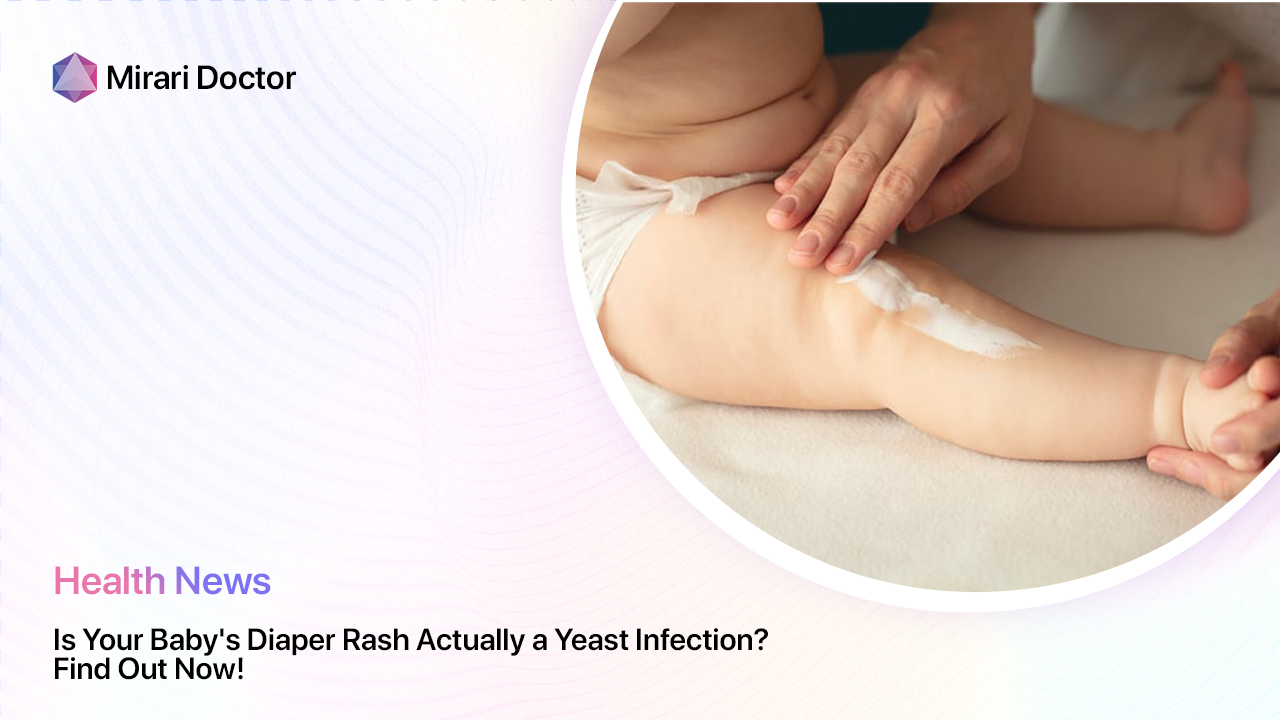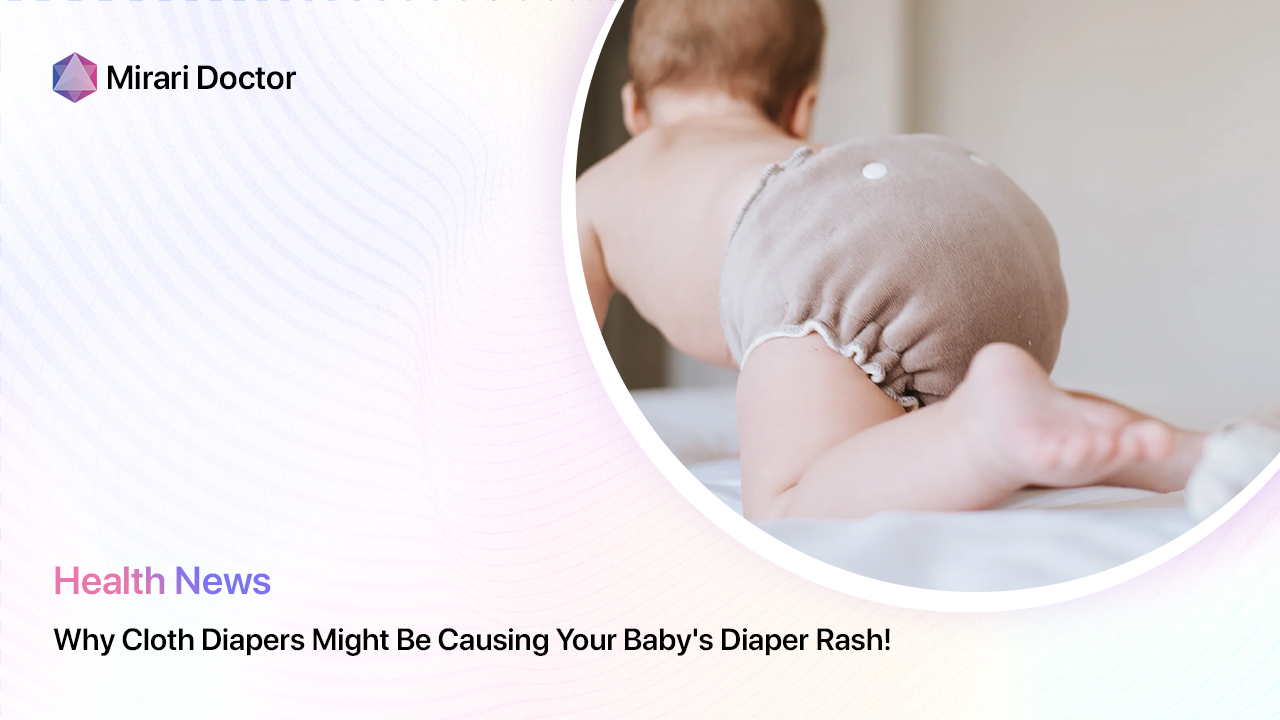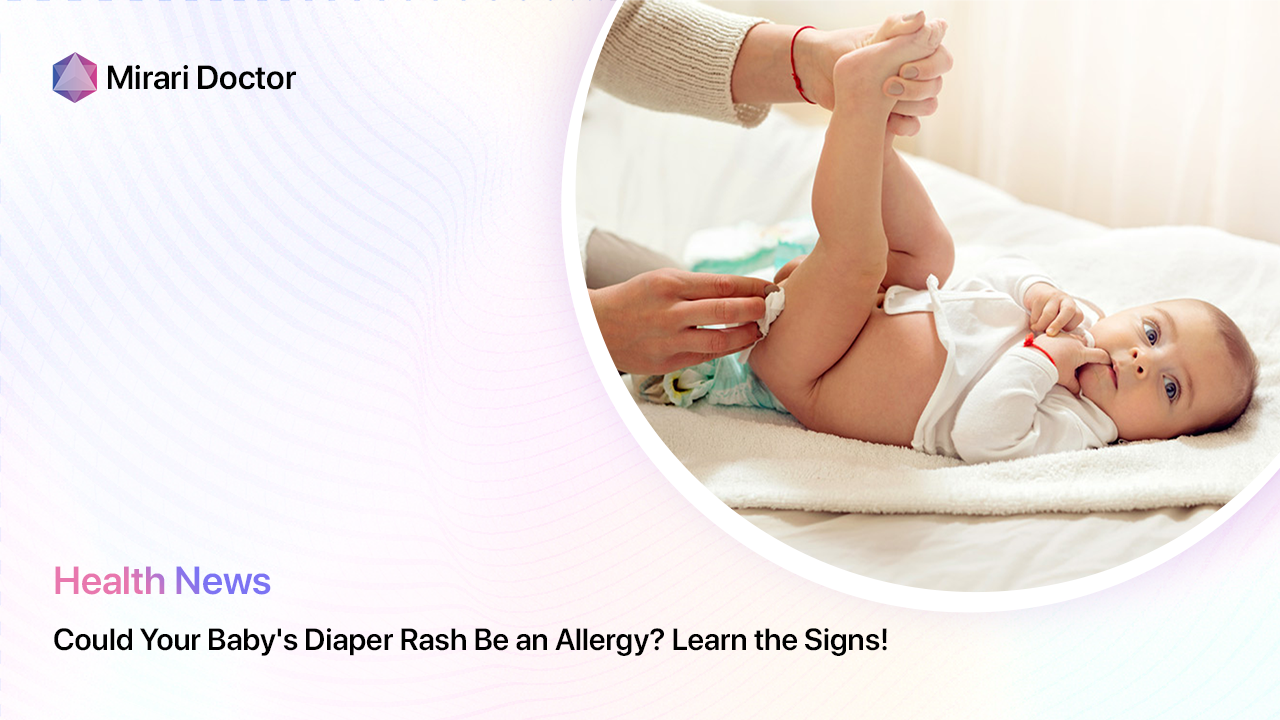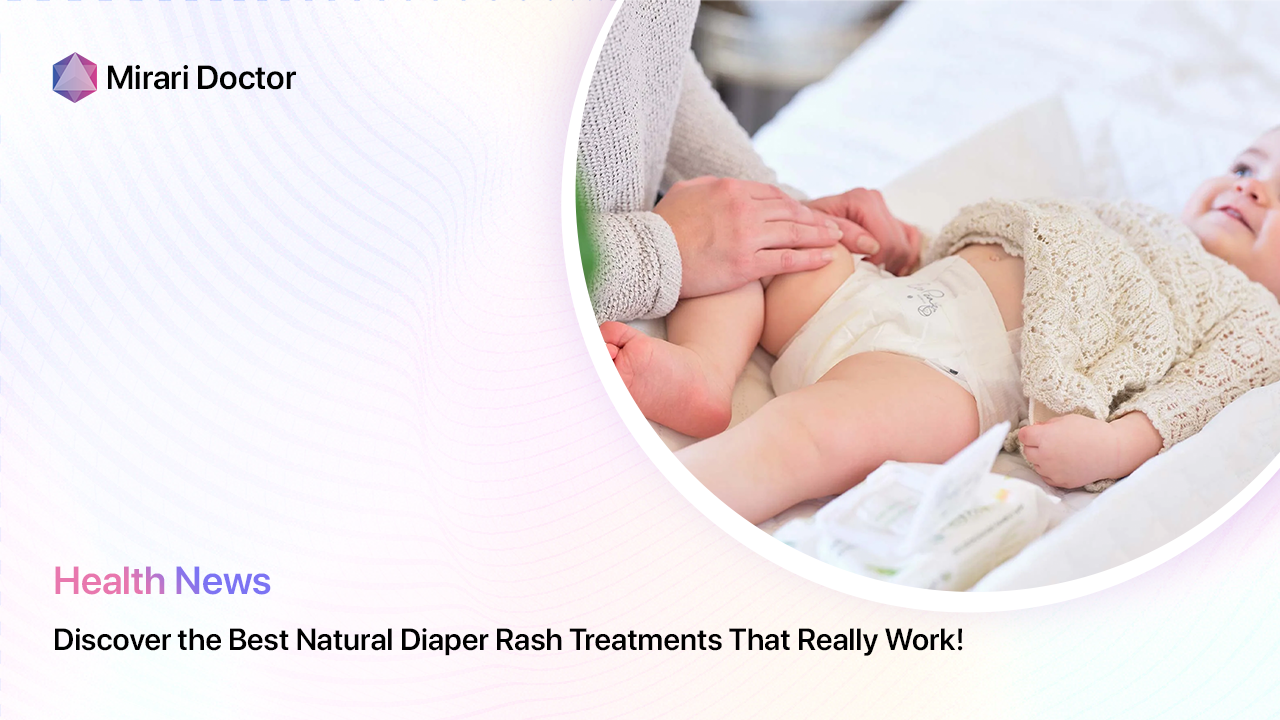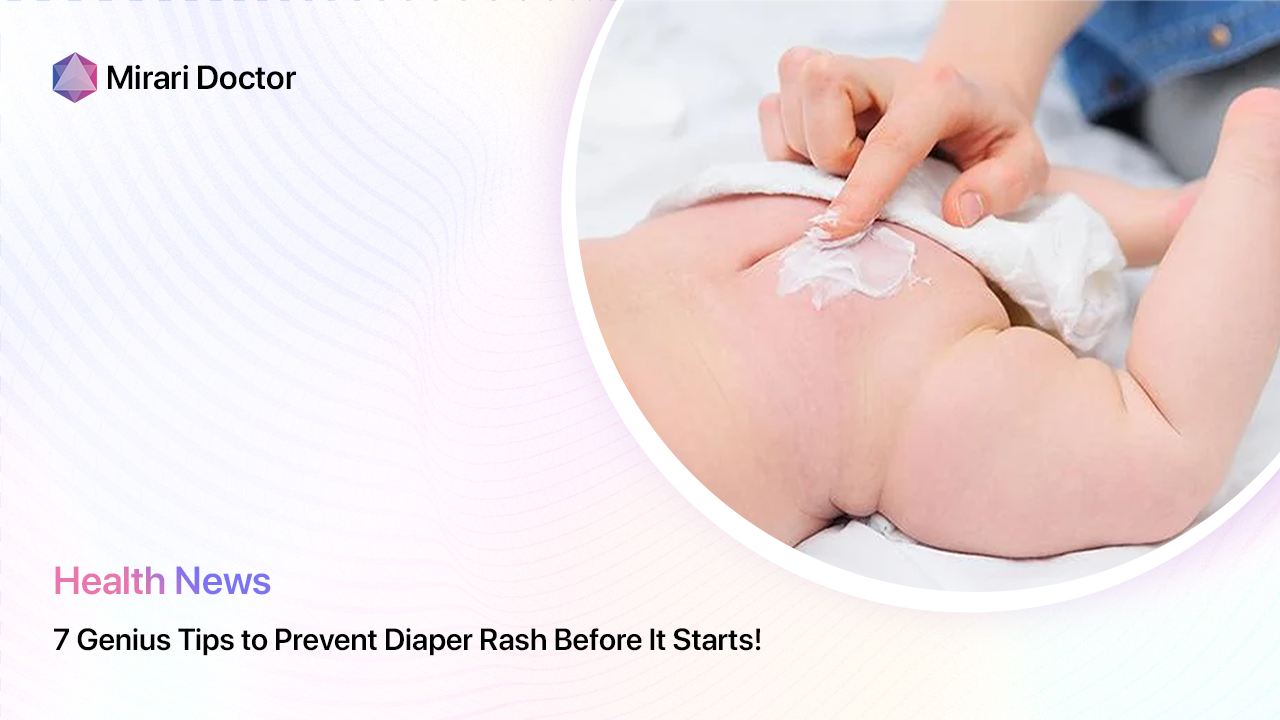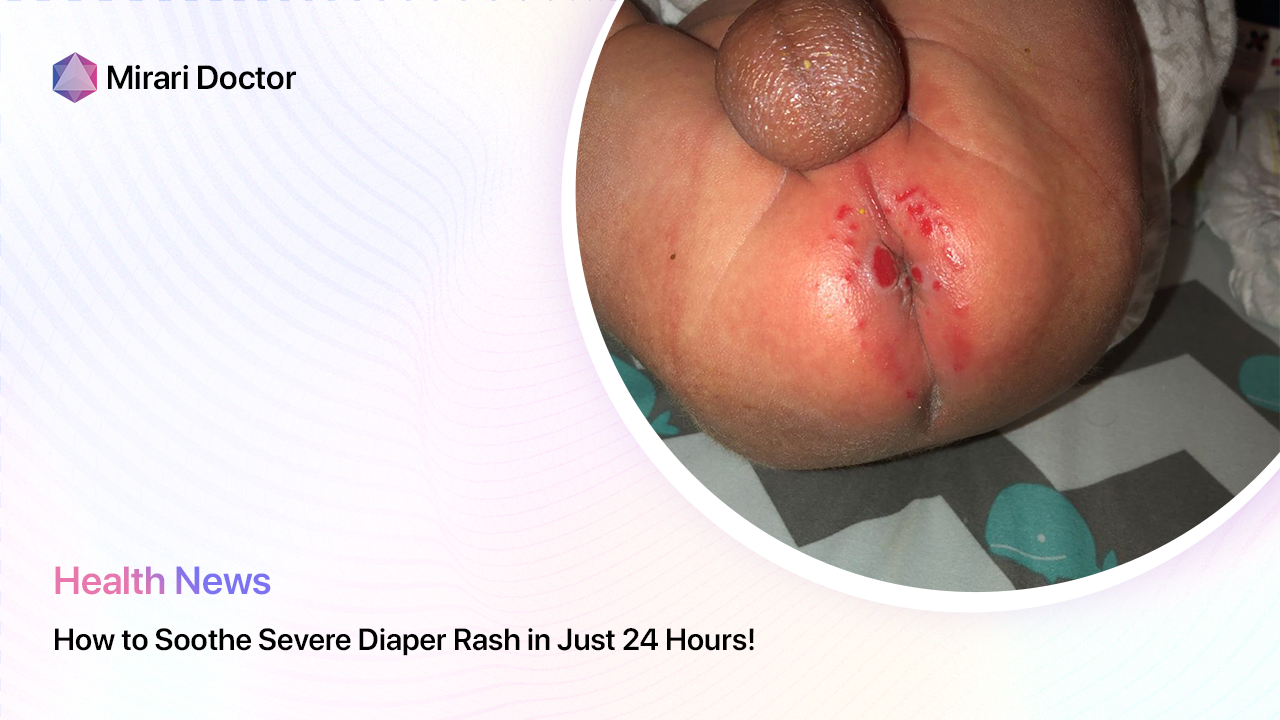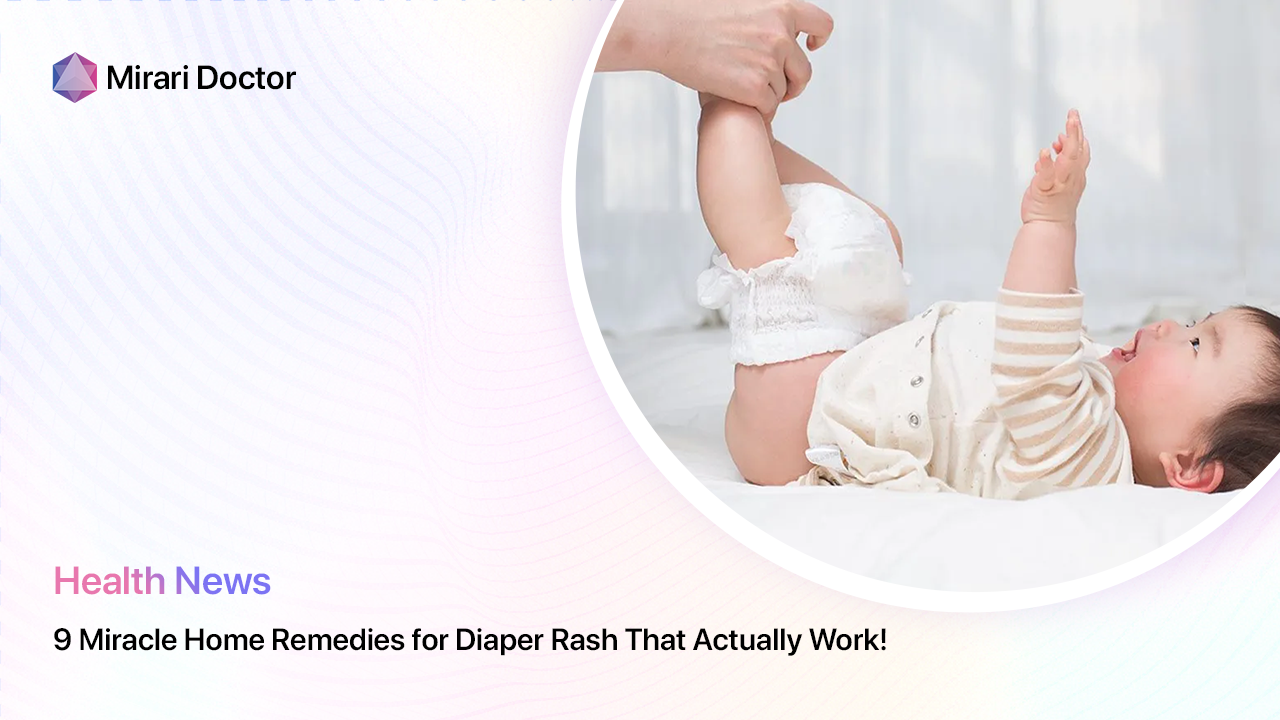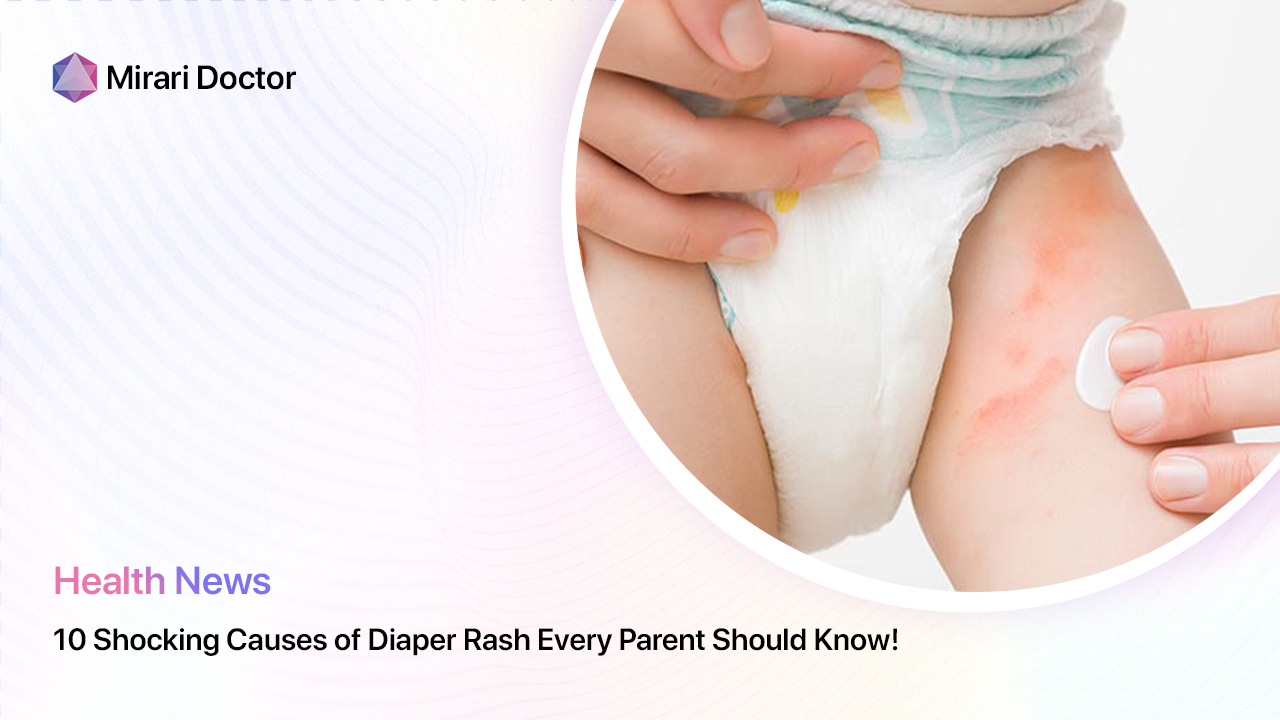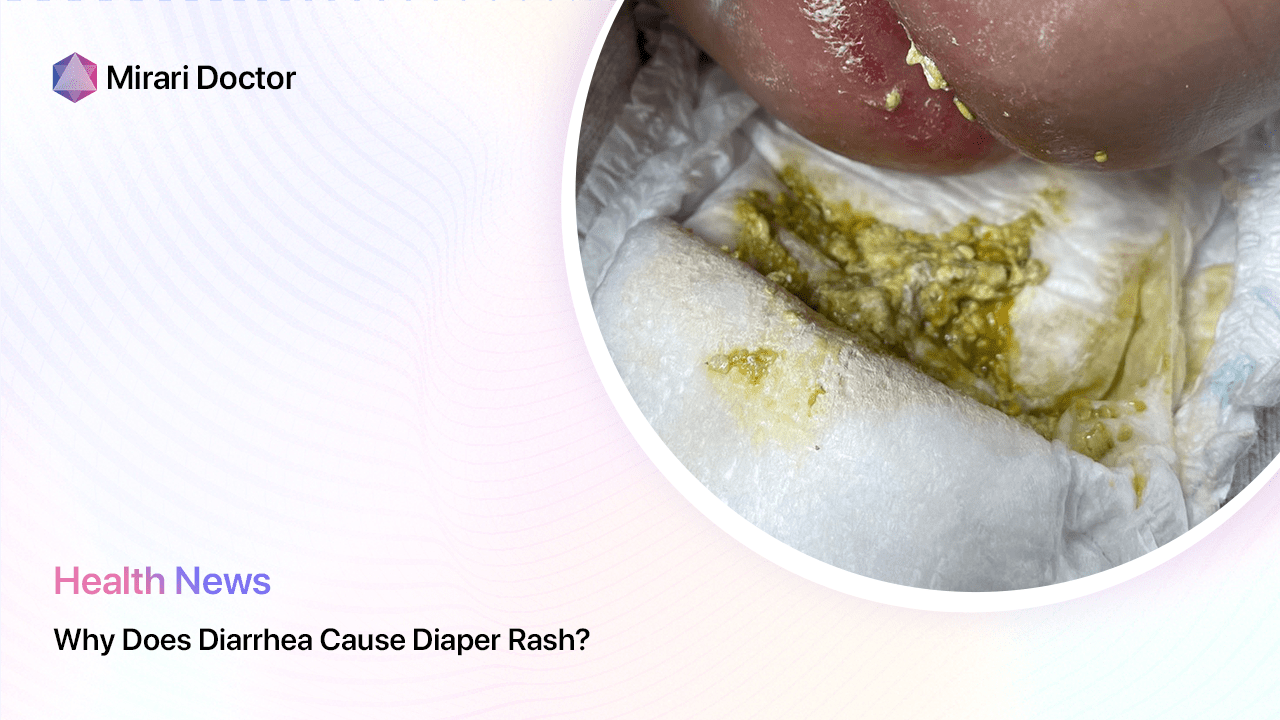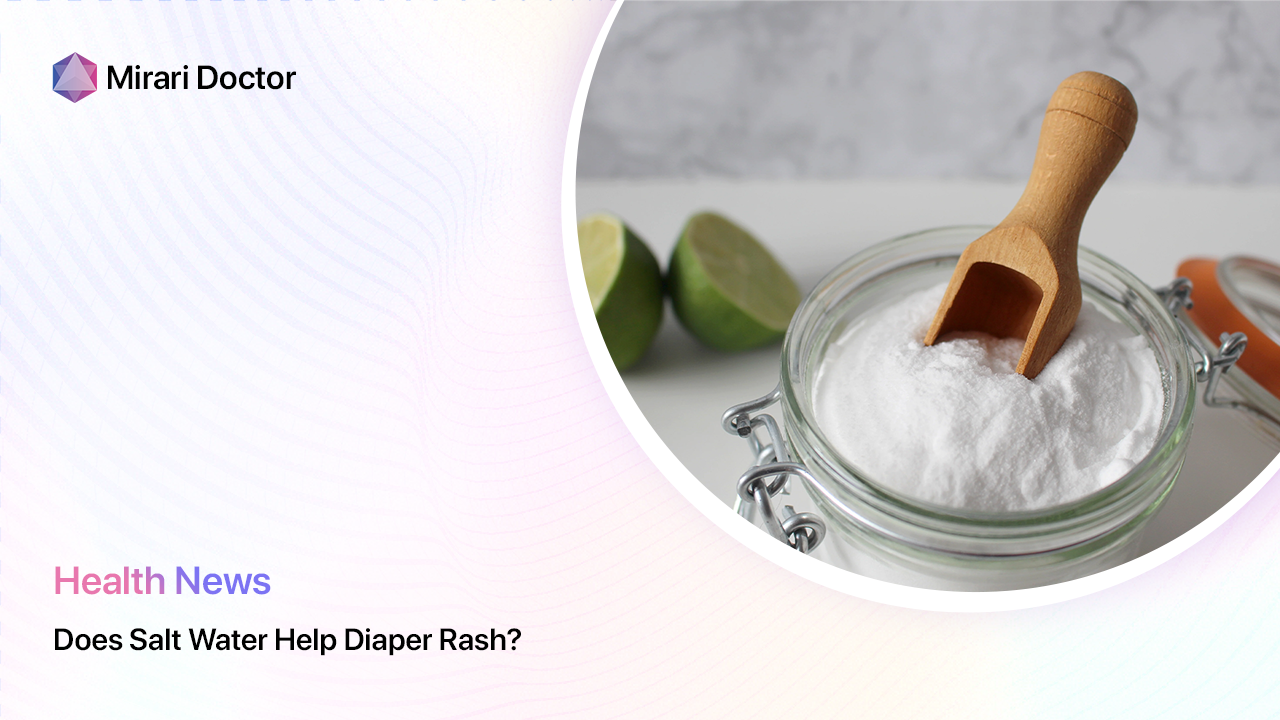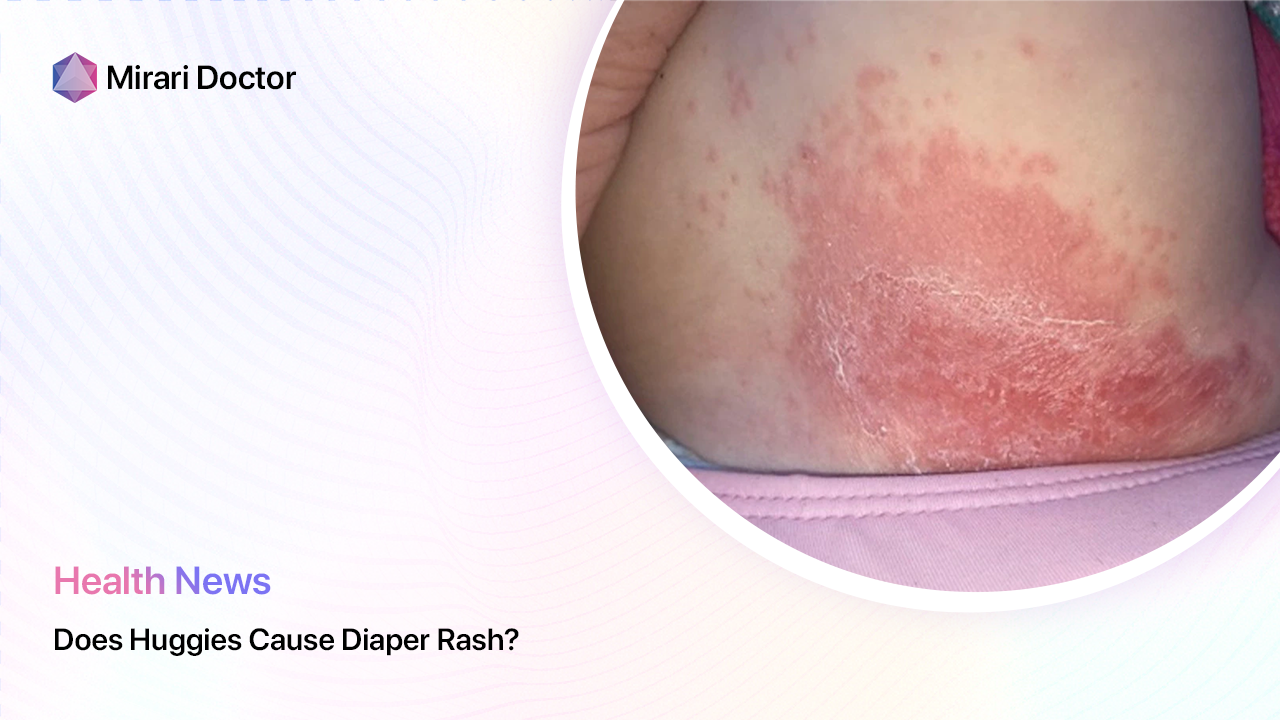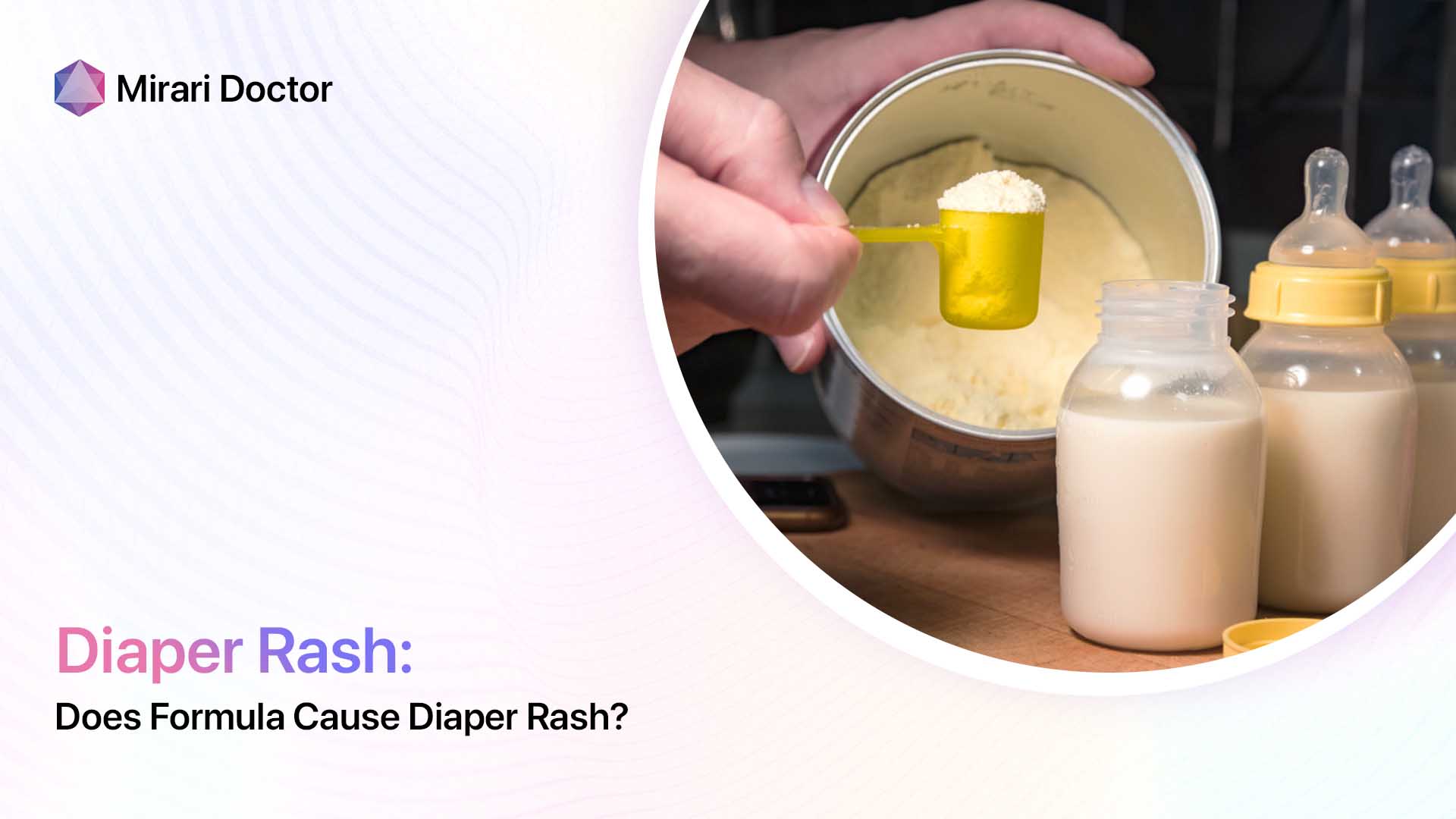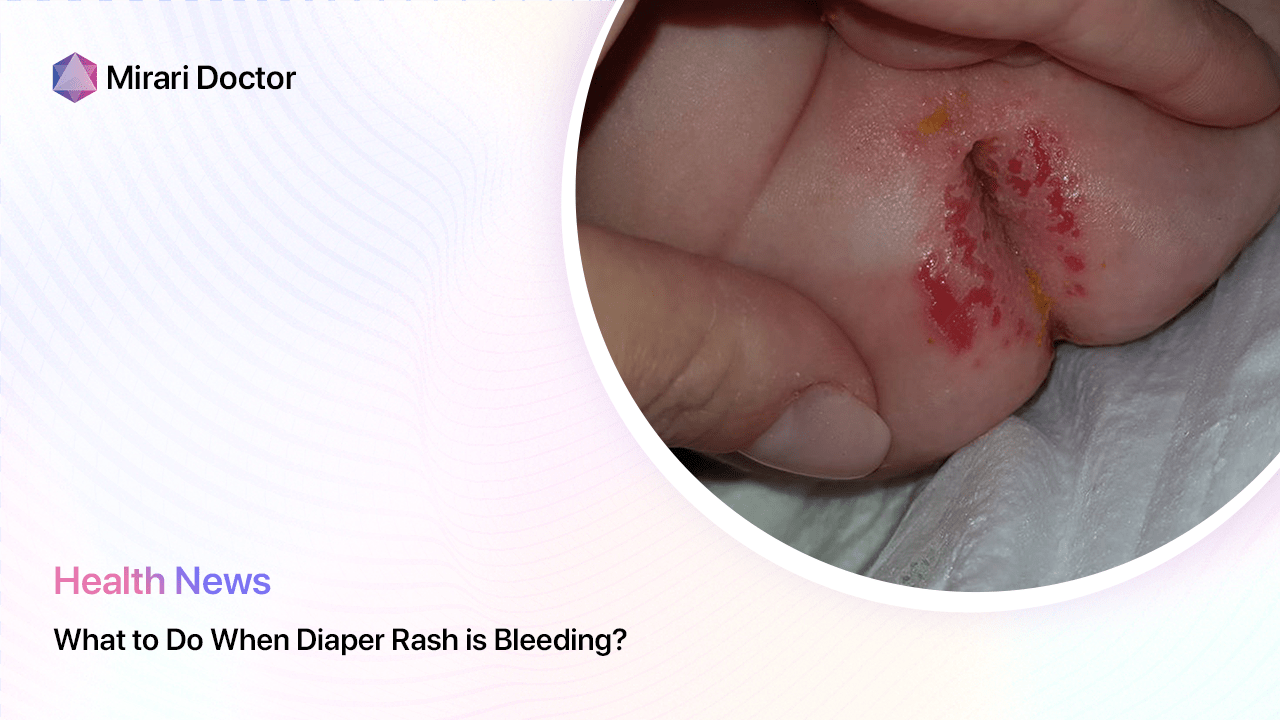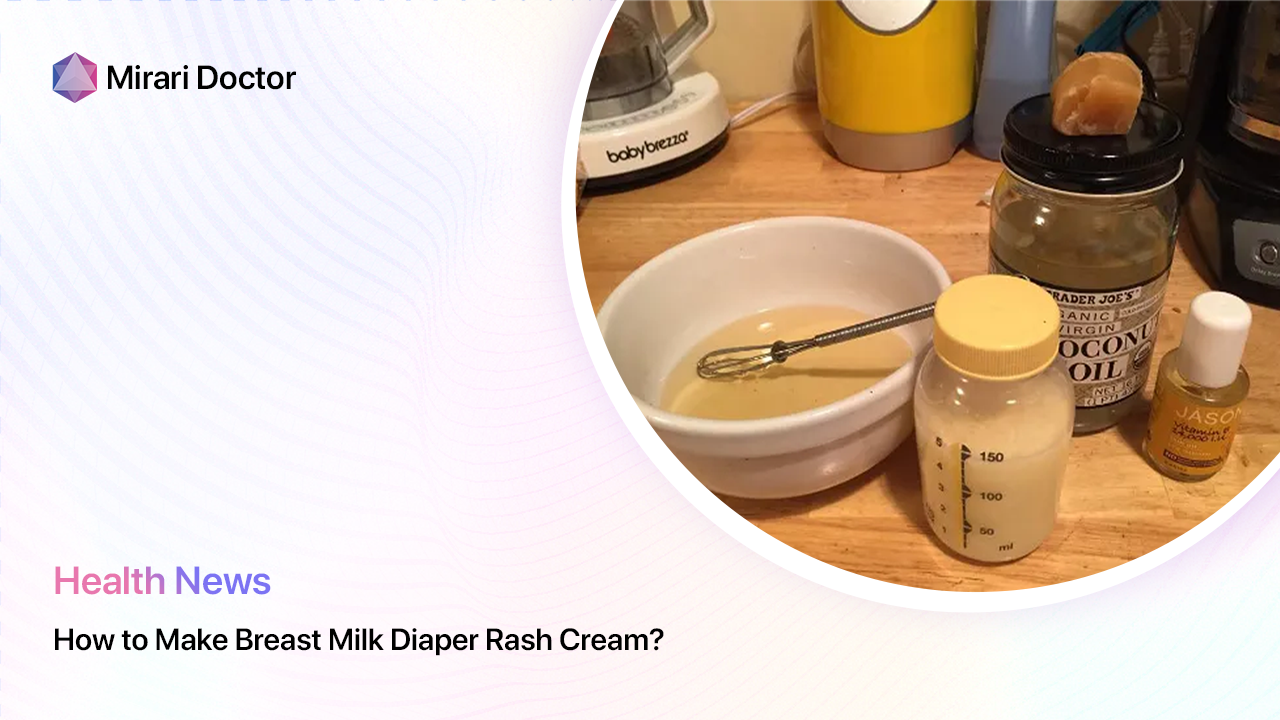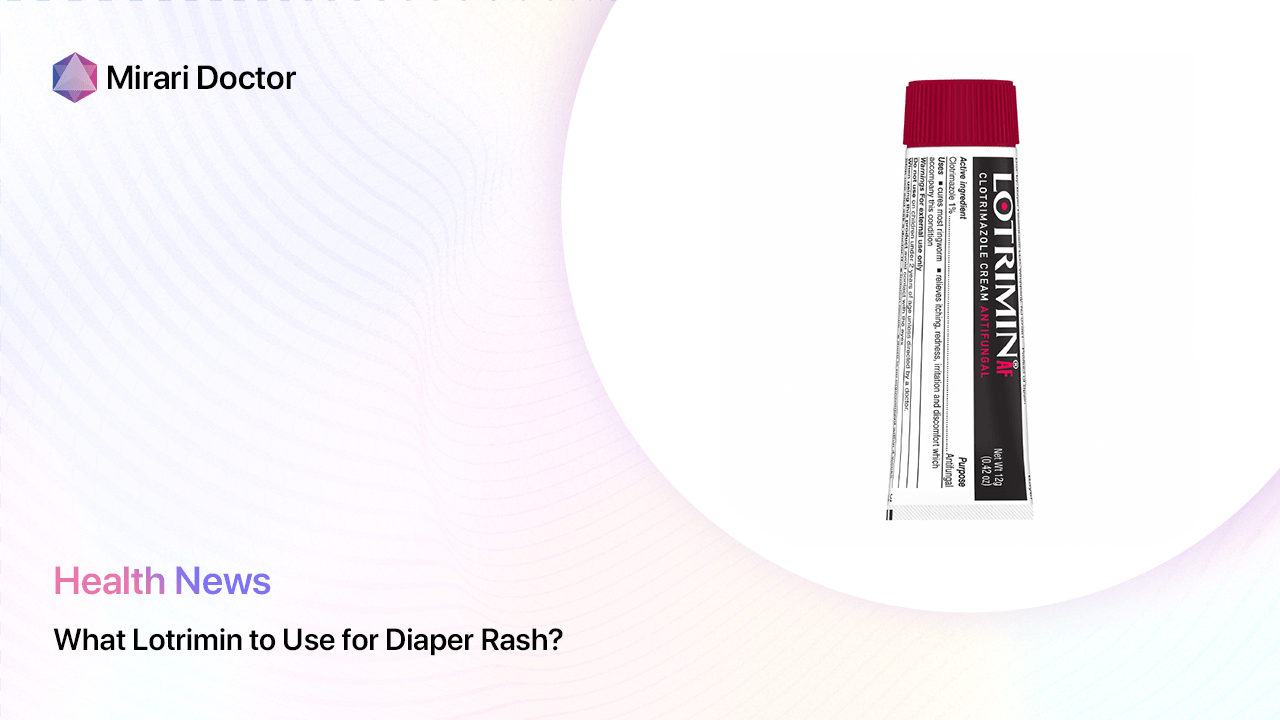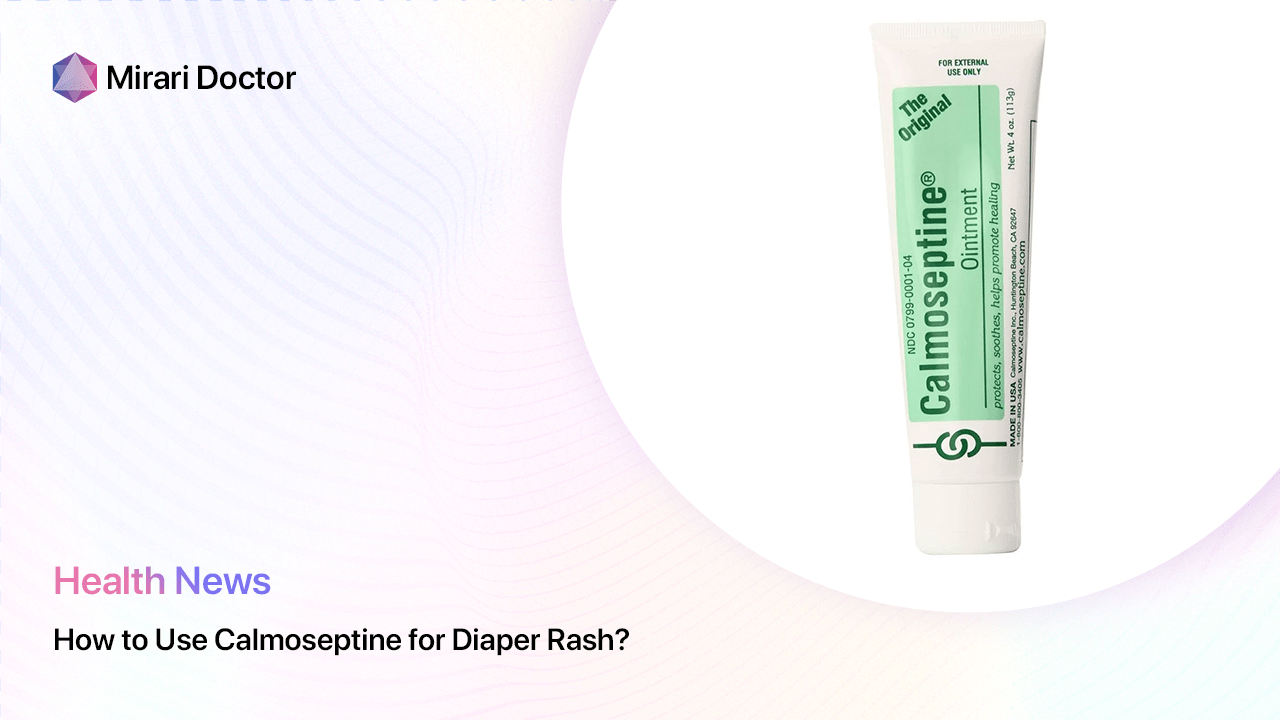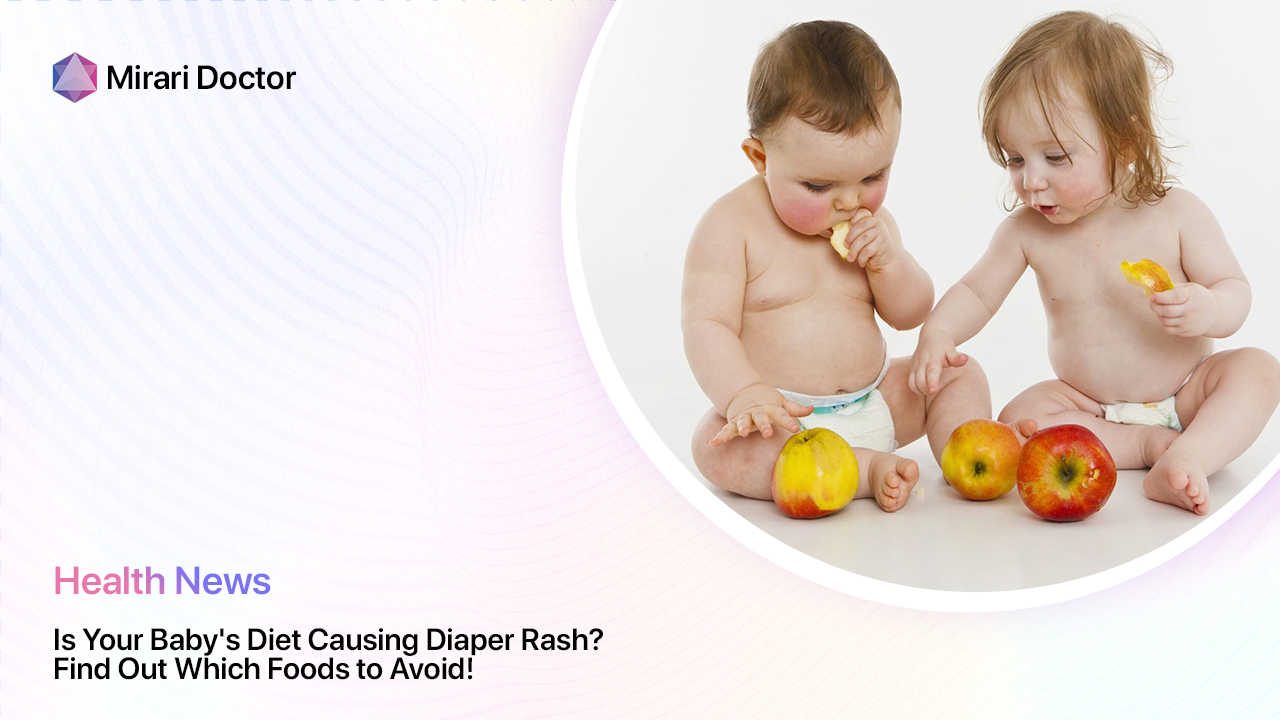
As a new parent, dealing with diaper rash can be stressful and concerning. You want to do everything you can to soothe your baby’s irritated skin. While there are many potential causes of diaper rash, from chafing to sensitive skin, diet can play a big role in triggering or worsening diaper rash. Certain foods are known culprits when it comes to causing those angry red bumps on your little one’s bottom.
In this article, we’ll explore the connection between diet and diaper rash, which foods are most likely to cause issues, and how you can adjust your baby’s diet to prevent and manage diaper rash. Whether you’re breastfeeding, formula feeding, or have started solids, there are important things to know about how your baby’s diet impacts their sensitive skin. Let’s dive in!
Understanding the Diet and Diaper Rash Connection
Diaper rash is extremely common, affecting most babies at some point. It occurs when the skin in the diaper area becomes irritated and inflamed. While wetness and chafing are the primary causes, your baby’s diet can also be to blame, especially once you start introducing new foods.
Here’s how diet contributes to dreaded diaper rash:
- Acidic stools: Certain foods can make your baby’s poop more acidic, which is very irritating to the skin. The acidity eats away at the protective barrier, causing inflammation and redness.
- Diarrhea: Some foods may not agree with your baby’s digestive system, leading to diarrhea. Frequent loose stools are very harsh on your baby’s delicate bottom.
- Allergies and sensitivities: Babies with food allergies or intolerances often experience diaper rash as a symptom. Consuming a problematic food can lead to skin inflammation.
- Yeast overgrowth: Sugary and starchy foods promote the growth of yeast, which thrives in the warm, moist environment of a diaper. Yeast diaper rashes can be very stubborn.
So while diaper rash has many potential causes, diet is a key factor to consider, especially if the rash is persistent or frequent. Pinpointing and avoiding trigger foods can go a long way in keeping your baby’s bottom rash-free.
Foods Most Likely to Trigger Diaper Rash
Certain foods are notorious for causing diaper rash flare-ups. These are the main offenders to watch out for:
Acidic Fruits and Veggies
Acidic foods are a top cause of diaper rash because they make stools very irritating to the skin. The most problematic acidic foods include:
- Citrus fruits like oranges, lemons, limes, and grapefruits
- Tomatoes and tomato-based products like spaghetti sauce, ketchup, and pizza sauce
- Strawberries and other berries like raspberries and blueberries
- Pineapple
- Plums and peaches
While these fruits and veggies are very healthy, they can wreak havoc on your baby’s bottom. You don’t have to avoid them completely, but be cautious with portion sizes and frequency, especially if your baby seems prone to rashes.
Dairy
Dairy can be another big diaper rash trigger, especially for babies with a lactose sensitivity or milk protein allergy. Breastfed babies may react to dairy in mom’s diet, while formula-fed babies may experience issues with cow’s milk-based formula.
The most common culprits in the dairy category include:
- Cow’s milk
- Cheese
- Yogurt
If you suspect dairy could be irritating your baby’s skin, try eliminating it for a couple weeks and see if the rash improves. Fortunately, there are many dairy-free alternatives to try instead.
Fruit Juice
Fruit juice is very acidic and the sugar content can aggravate diaper rash. Juice also promotes diarrhea by drawing water into the intestines. Apple, pear, and prune juice are the biggest offenders.
Babies under 1 don’t need any juice at all. After that, limit juice to no more than 4 ounces per day and always dilute it with water. Offer whole fruits instead which contain fiber to balance out the sugars.
Fatty and Sugary Foods
Foods high in fat and sugar promote inflammation and yeast growth, both of which make diaper rash worse. Avoid giving your baby greasy foods like french fries and sugary treats like cookies, cake, and candy.
In general, a diet focused on whole, unprocessed foods is best for preventing diaper rash. Offer plenty of vegetables, whole grains, lean proteins, and healthy fats like avocado and coconut oil.
Breastfeeding and Diaper Rash
For breastfed babies, mom’s diet can play a role in diaper rash since certain foods can pass into breast milk. Common food sensitivities that cause diaper rash in nursing babies include dairy, soy, citrus fruits, and spicy foods.
If you’re breastfeeding and your baby has a persistent diaper rash, try eliminating the likely culprits from your diet for 2-3 weeks to see if it makes a difference. An elimination diet can help you pinpoint problem foods.
Keep in mind, it’s important to eat a balanced diet while nursing to nourish yourself and your baby. Don’t cut out entire food groups without consulting your doctor or a lactation consultant first. They can help you plan a breastfeeding diet that works for you and your baby.
Formula and Diaper Rash
For formula-fed babies, certain ingredients in formula may trigger an allergic reaction or intolerance that shows up as diaper rash. The two most common issues are lactose intolerance and cow’s milk protein allergy.
Lactose is a sugar found in milk. Some babies don’t produce enough of the enzyme lactase to digest it properly. Lactose intolerance can cause diarrhea and diaper rash. Switching to a lactose-free formula often solves the problem.
A cow’s milk allergy is an immune reaction to the proteins in milk. It can cause digestive issues and diaper rash, as well as other allergy symptoms like hives or breathing problems. Babies with a milk allergy need a special hypoallergenic formula.
If you suspect your baby’s formula is causing diaper rash, talk to your pediatrician. They can help you figure out if an allergy or intolerance is to blame and guide you to the right formula for your baby.
Introducing Solid Foods and Diaper Rash
Starting solid foods is an exciting milestone, but it can also disrupt your baby’s digestion as they adjust to new foods. Diaper rash often crops up in the first few months of eating solids.
As you introduce solids, keep these tips in mind to minimize diaper rash risk:
- Start slowly. Introduce new foods one at a time, with a few days in between to watch for reactions. Don’t overwhelm your baby’s system with too many new foods at once.
- Avoid common triggers. Hold off on acidic and sugary foods at first, since these are most likely to cause diaper rash. Stick to low-acid fruits and veggies, whole grains, and lean proteins.
- Watch portion sizes. Babies have tiny tummies, so a little bit of a new food goes a long way. Avoid overloading your baby’s digestive system with big portions.
- Keep a food diary. Write down which foods you offer and when. If a diaper rash crops up, you can look back and pinpoint potential triggers. A food diary is a very helpful tool!
Remember, every baby is different in terms of which foods they tolerate well. Pay attention to your baby’s unique triggers. If a certain food seems to cause issues, hold off on it for now and reintroduce it in a month or two.
Dietary Management of Diaper Rash
If your baby is prone to diet-related diaper rash, a few simple dietary changes can make a big difference:
- Focus on low-acid fruits and veggies. Bananas, pears, papaya, mango, carrots, squash, and green beans are all great low-acid produce options.
- Opt for whole grains. Whole grains like oatmeal, quinoa, and whole wheat are less likely to irritate than refined grains. They also have more fiber to promote healthy digestion.
- Choose unsweetened dairy alternatives. If cow’s milk is a problem, try unsweetened, fortified almond, coconut, or oat milk instead. Look for options with added calcium and vitamin D.
- Limit juice and sugary foods. Keep juice intake minimal and dilute it with water. Avoid sugary foods and snacks as much as possible.
- Consider a probiotic. If your baby is prone to yeast diaper rashes, a probiotic supplement may help by restoring healthy gut bacteria. Always ask your pediatrician first.
- Consult your pediatrician about dietary changes. If you’re unsure about how to adjust your baby’s diet, don’t hesitate to get professional guidance. Your pediatrician can assess your baby’s unique needs.
Remember, dietary changes are just one piece of preventing and managing diaper rash. Keeping your baby’s bottom clean and dry, using a good diaper cream, and allowing air time are also key. If diaper rash persists despite your best efforts, get your pediatrician’s advice.
When to See a Doctor
While diet can definitely impact diaper rash risk, sometimes diaper rash is a sign of an underlying health issue that needs medical attention. Contact your pediatrician if your baby’s diaper rash:
- Is severe or blistering
- Bleeds or oozes fluid
- Doesn’t improve with 2-3 days of home treatment
- Keeps coming back
- Occurs along with a fever or other symptoms
Your pediatrician can determine if your baby’s rash is caused by an allergic reaction, bacterial or yeast infection, or another medical issue that requires treatment. They can also offer guidance on diapering and diet to help prevent future rashes.
The Bottom Line on Diet and Diaper Rash
Diaper rash is a pesky problem, but paying attention to your baby’s diet can go a long way in preventing and managing it. Avoiding trigger foods, focusing on whole foods, and making adjustments as needed can help keep your baby’s bottom smooth and healthy.
Just remember, every baby is unique in what works for them. It may take some trial and error to figure out the best diet for preventing diaper rash in your little one. Be patient, keep a close eye on your baby’s skin, and don’t hesitate to get help from your pediatrician if needed.
With a little dietary detective work, you can help your baby beat stubborn diaper rash and keep that cute tushie happy and healthy!
Key Takeaways
- Diet plays a big role in diaper rash risk, especially acidic, sugary, and fatty foods
- Common diaper rash trigger foods include citrus fruits, tomatoes, berries, dairy, and juice
- For breastfed babies, moms may need to adjust their own diet
- Certain formulas can cause issues for babies with lactose intolerance or milk allergy
- Introducing solids slowly and avoiding trigger foods can minimize diaper rash risk
- Dietary changes, along with diapering best practices, can help manage diaper rash
- See your pediatrician if diaper rash is severe or persists despite home treatment
Frequently Asked Questions
What foods should I avoid giving my baby to prevent diaper rash?
The most common culprits are acidic fruits like citrus and berries, tomato products, sugary foods and juices, and sometimes dairy. Fatty and greasy foods can also be problematic.
Can my breastfeeding diet affect my baby’s risk of diaper rash?
Yes, certain foods you eat can pass into your breast milk and irritate your baby’s skin. Common breastfeeding triggers include dairy, citrus, soy, and spicy foods. An elimination diet can help pinpoint issues.
What’s the best diet for a baby prone to diaper rash?
Focus on offering whole, unprocessed foods like vegetables, whole grains, lean proteins, and healthy fats. Limit sugary and acidic foods. A diet diary can help you track triggers.
Should I avoid giving my baby dairy if they get diaper rash?
Some babies are sensitive to the lactose or proteins in cow’s milk. If you suspect dairy is causing diaper rash, try eliminating it for a few weeks. Lactose-free or hypoallergenic formulas are also options to discuss with your pediatrician.
When should I be concerned about diaper rash and contact my pediatrician?
Get medical advice if your baby’s diaper rash is severe, blistering, bleeding, or doesn’t improve after a few days of home treatment. Also contact your pediatrician if the rash occurs with a fever or other symptoms.
Related articles
Made in USA


